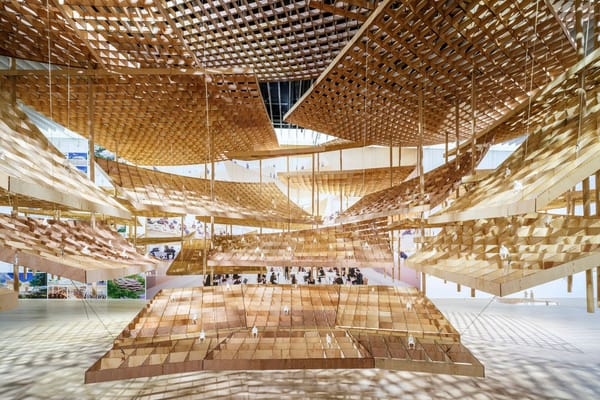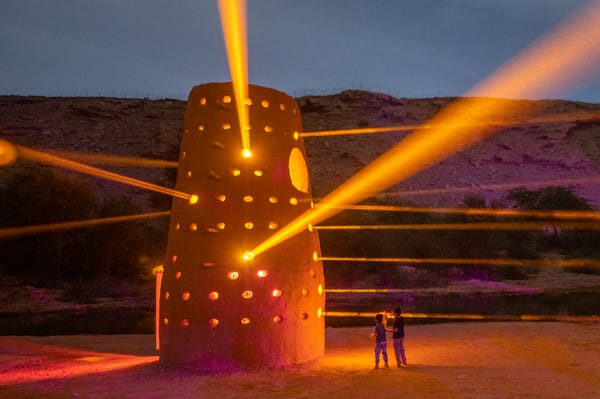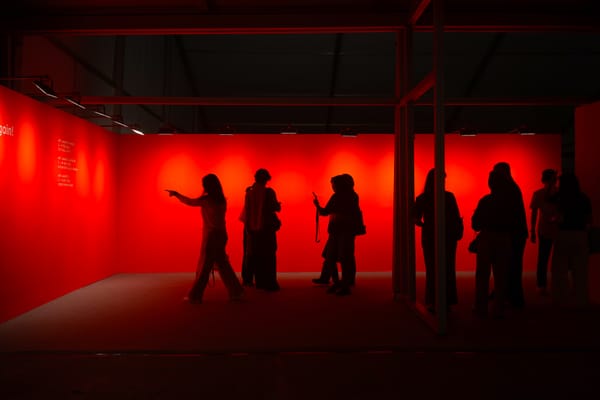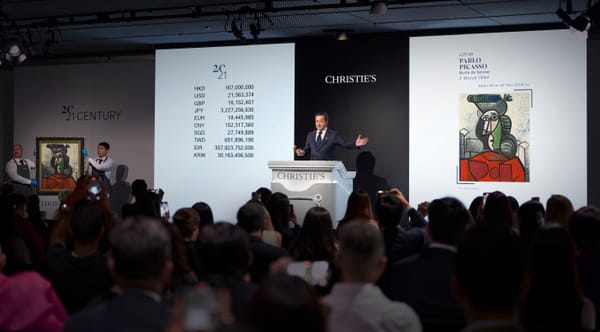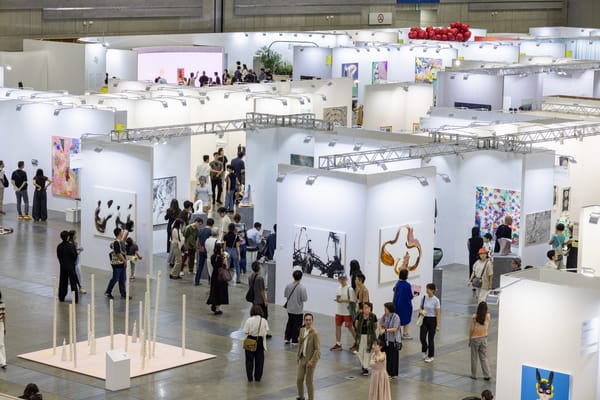Market
Community as Practice: Dubai Design Week 2025

When Dubai Design Week launched in 2015 with 30,000 visitors and 90 exhibitors, few could have predicted its trajectory. A decade later, the festival welcomed an expected 150,000 attendees and over 300 participants from more than 40 countries—a fivefold expansion that director Natasha Carella insists remains “digestible on a human level.” This balance between ambitious scale and intimate accessibility defined the 11th edition, held November 4–9 at Dubai Design District (d3), where the theme of community shaped programming that moved beyond what Carella calls “buzzwords” toward substantive engagement with regional voices and design’s social capacity.
The festival’s concentration within d3—a creative hub housing 1,100 businesses from Foster + Partners to Chopard—distinguishes it from the dispersed model of Milan or other European design weeks. This geographic focus proved strategic for exploring communal space through spatial typologies rooted in the region. The winning Urban Commissions proposal, When Does a Threshold Become a Courtyard? by UAE-based Some Kind of Practice, demonstrated this approach through research into the Emirati housh, a courtyard form that emerges from necessity rather than formal planning. Cofounders Omar Darwish and Abdulla Abbas conducted fieldwork across coastal settlements and mountain villages, documenting how local builders assembled spaces with available materials—stacking concrete blocks, spanning corrugated steel, leaving apertures for circulation. Their installation translated this logic of assemblage and adaptation into a structure combining three UAE biomes, creating a demonstrably cooler interior space designed to host lectures and gatherings.
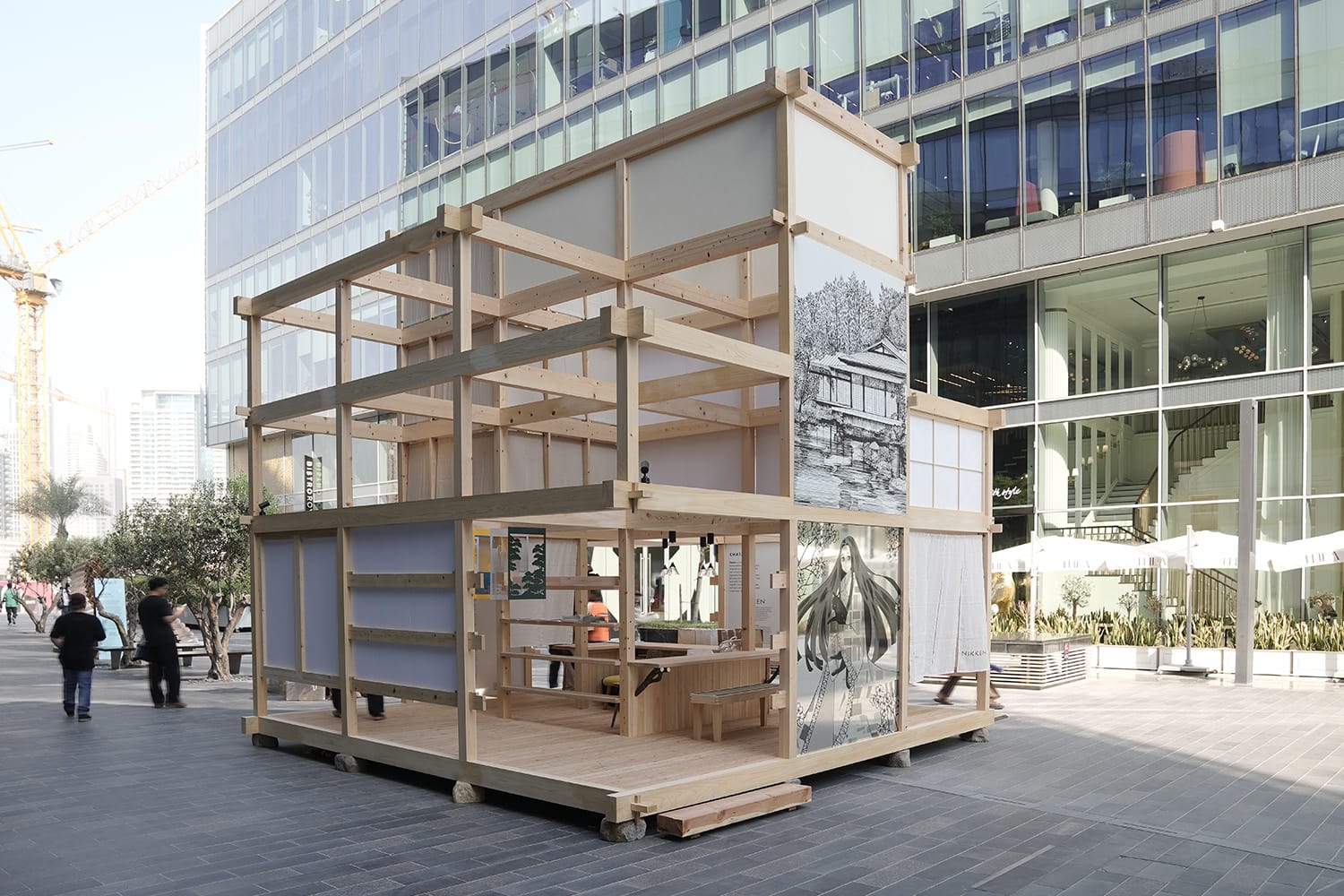
This attention to vernacular knowledge extended to other installations exploring collective experience. Nikken Sekkei partnered with SOBOKUYA, a Yamanashi-based carpentry workshop, to create Chatai, a hand-crafted wooden pavilion merging the Japanese chashitsu (tea room) and yatai (street stall) typologies. The structure integrated hospitality design with a limited-edition gift book by Abjad Design, using layered paper cuttings to depict Japanese landscapes and the Ise Grand Shrine’s periodic rebuilding—a meditation on cyclical renewal. Meanwhile, Spain’s Izaskun Chinchilla Architects, commissioned by Saudi Arabia’s Ithra, created Flamenco Essence: Lavender Pavilion, which translated the dramatic sweep of flamenco skirts into sculptural seating around an aromatic garden. The choice of lavender connected Spanish Manila shawls to Saudi botanical tradition, establishing what Chinchilla described as design’s capacity for “connecting community” rather than merely “presenting beautiful things.”
The Abwab commission—abwab meaning “doors” in Arabic—supported this cross-cultural mandate. Bahrain-based studio Maraj’s winning proposal, Stories of the Isle and the Inlet, addressed the ecological and cultural layers of Nabih Saleh island through embroidered mesh textiles inspired by the traditional thob al nashil dress. Cofounders Latifa Alkhayat and Maryam Aljomairi worked with local artisans to document the island’s spatial narrative, depicting flora and fauna from Tubli Bay while revealing environmental degradation from overfishing and sewage dumping. The walk-through installation, mimicking children's forts with cushioned interiors, inscribed oral histories in embroidery—both machine- and hand-stitched across UAE and Bahrain collaborators.
Downtown Design, the festival’s trade fair on d3’s Waterfront Terrace, reflected market dynamics driving the region’s expanding interior design and furniture sector, estimated at USD 26 billion in 2024 and projected to reach USD 35 billion by 2031. International brands including Kartell, Poltrona Frau, and Vitra appeared alongside debuts by Roche Bobois and Stellar Works, while 30 percent of exhibitors represented Middle Eastern practices—an increase facilitated by initiatives like the UAE Designer Exhibition (now in its sixth year) and Tashkeel’s Tanween Design Programme, a mentorship platform that supports emerging creatives in developing products with an emphasis on sustainability. Regional highlights demonstrated sophisticated contextualization: Italian jewelry brand Buccellati presented silver camels and Arabian gazelles in a booth designed by Lebanese duo david/nicolas, whose wooden structures echoed silver seashells while creating a central majlis seating area.
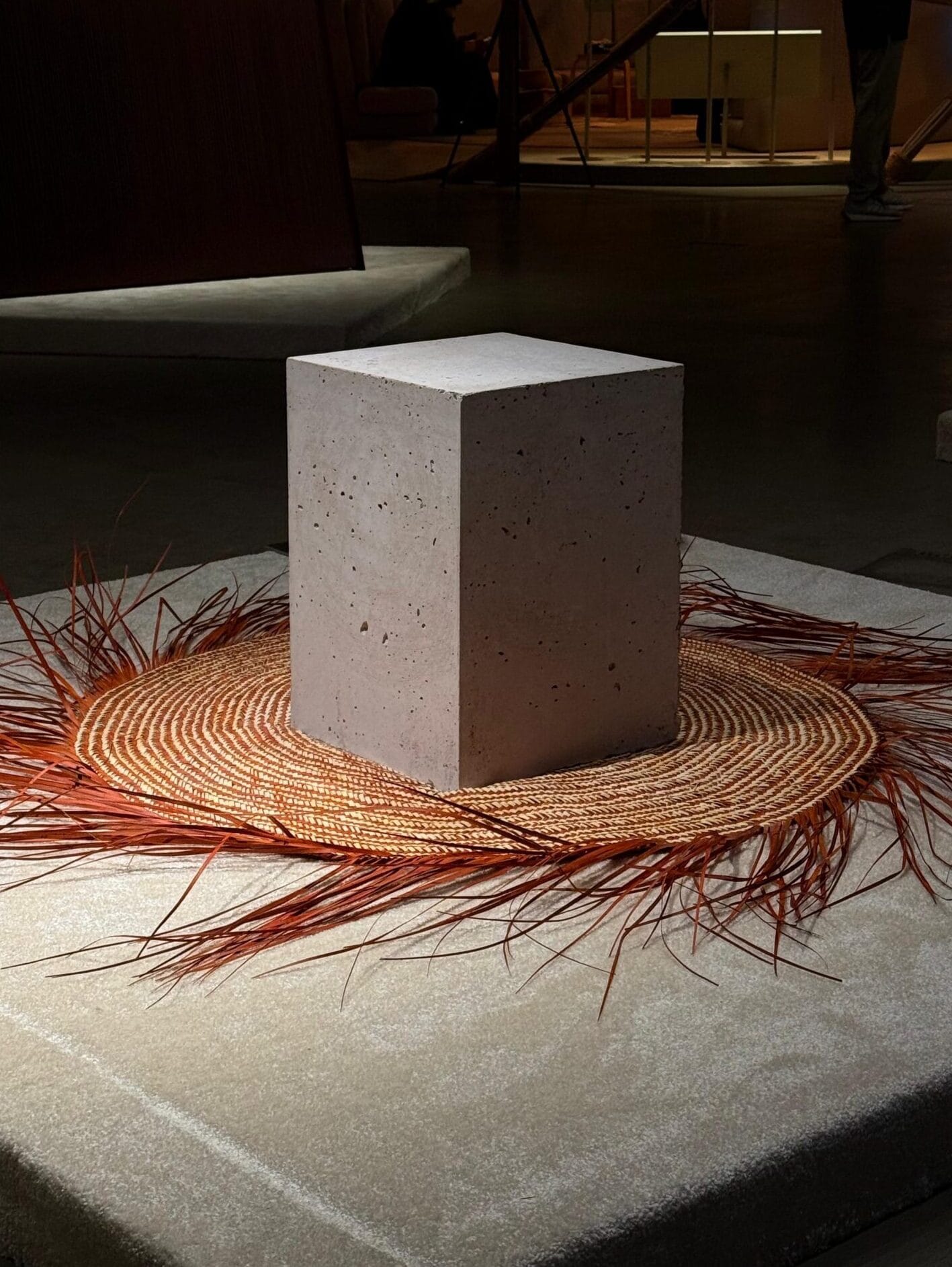
Material innovation emerged as practical rather than rhetorical. Within the UAE Designer Exhibition, Vanessa Gate presented DateSkyn, a plant-based biomaterial derived from date fruit processing byproducts, while Tanween cohort member Nasir Alghawi incorporated 1,600 date seeds into a tubular hanging chandelier. Installations across d3 extended this research: ARDH Collective’s The Space Within used “DuneBlocks” made from “DuneCrete,” a low-carbon concrete developed using sand from Al Ain. These projects aligned with Carella’s frank assessment that “no event is sustainable,” but creative practice can “figure out new ways to build and make,” but whether experimental materials move beyond prototype stage to challenge entrenched construction industries remains to be seen.
Editions Art & Design, launched in 2024 as a hybrid platform bridging collectible objects with gallery practices, extended this investigative approach into limited-edition works. The fair’s emphasis on the Global South brought Asateer’s WARESH—an interactive modular wall divider reinterpreting Emirati architectural patterns—into conversation with Zawyeh Gallery’s presentation of Palestinian artists Mahmoud Alhaj and Yazan Abu Salameh. Zawyeh is among the first independent galleries dedicated to supporting Palestinian creativity. Ila Colombo’s States of Becoming (2025) merged digital and sculptural vocabularies to explore metamorphosis, while Lebanese-French architect Badih Ghanem’s debut regional showcase, following his Milan Design Week 2025 presentation, demonstrated how curated collections can function as architectural propositions. The cross-pollination suggested Editions’ potential as a testing ground where disciplinary boundaries remain productively fluid.
Dubai’s creative industries contributed AED 21.9 billion (USD 6 billion) to GDP in 2022, supporting over 175,000 jobs across 47,000 enterprises. As similar initiatives proliferate from Doha to Cairo, Carella resists competitive framing: “We all have our roles to play. . .there’s only strength in that.” Her vision for expanded Global South collaboration—mentioning Lagos Design Week specifically—recognizes design not as export commodity but as framework for exchange. After 11 years, Dubai Design Week has evolved beyond fair model toward sustained infrastructure supporting what Carella calls “authentic voices from the region,” though authenticity in a city where expatriates comprise the clear majority of 3.8 million residents requires ongoing negotiation. Community, it turns out, requires more than a theme—it demands consistent institutional commitment to representation, material experimentation, and spaces where dialogue supersedes spectacle. This edition suggested Dubai Design Week understands that distinction, even if achieving it remains work in progress.
Elise Morton is a London-based writer.

